Images courtesy SOHO (ESA & NASA). Animation by Windows to the Universe staff (Randy Russell).
Rotating Sun with Sunspots
This animation shows sunspots moving across the face of the Sun as the Sun rotates. The animation
spans a
period
of about
two
weeks during January 2005. If you watch the image, you can see the date changing.
The images were captured by an instrument
on
the
SOHO
(Solar & Heliospheric
Observatory) spacecraft. These images were captured in the
visible
part of the electromagnetic spectrum, so the view is comparable to
what you would see if you could look at the Sun without damaging your eyes.
NEVER LOOK DIRECTLY AT THE SUN without taking the right safety precautions!
(Note: If you cannot see the animation
you may need to download the latest QuickTime player.)
You might also be interested in:
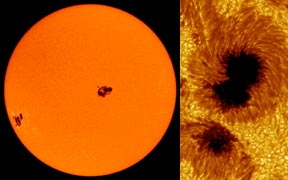
Sunspots are dark, planet-sized regions that appear on the "surface" of the Sun. Sunspots are "dark" because they are colder than the areas around them. A large sunspot might have a temperature of about
...more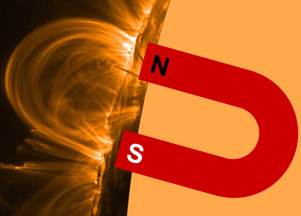
Sunspots are caused by very strong magnetic fields on the Sun. The best way to think about the very complicated process of sunspot formation is to think of magnetic "ropes" breaking through the visible
...more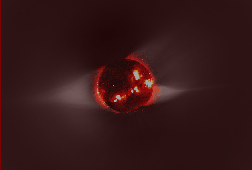
Rising above the Sun's chromosphere , the temperature jumps sharply from a few tens of thousands of kelvins to as much as a few million kelvins in the Sun's outer atmosphere, the solar corona. Understanding
...more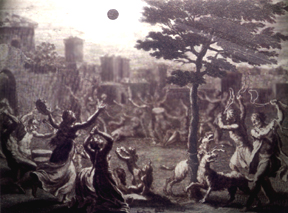
Eclipses have been watched for centuries, but it was only recently that we understood what really occurs. Eclipses have always been fascinating to watch, but they weren't always welcome. For many years,
...more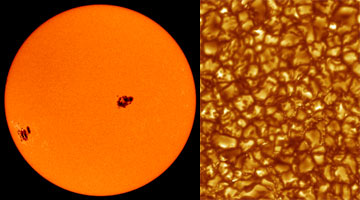
Most of the energy we receive from the Sun is the visible (white) light emitted from the photosphere. The photosphere is one of the coolest regions of the Sun (6000 K), so only a small fraction (0.1%)
...more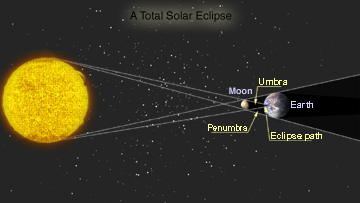
An eclipse of the Sun occurs when the Earth passes through the Moon's shadow. A total eclipse of the Sun takes place only during a new moon, when the Moon is directly between the Sun and the Earth. When
...more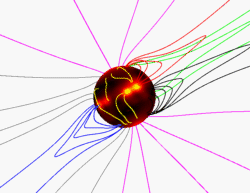
The gas in the solar corona is at very high temperatures (typically 1-2 million kelvins in most regions) so it is almost completely in a plasma state (made up of charged particles, mostly protons and electrons).
...more














